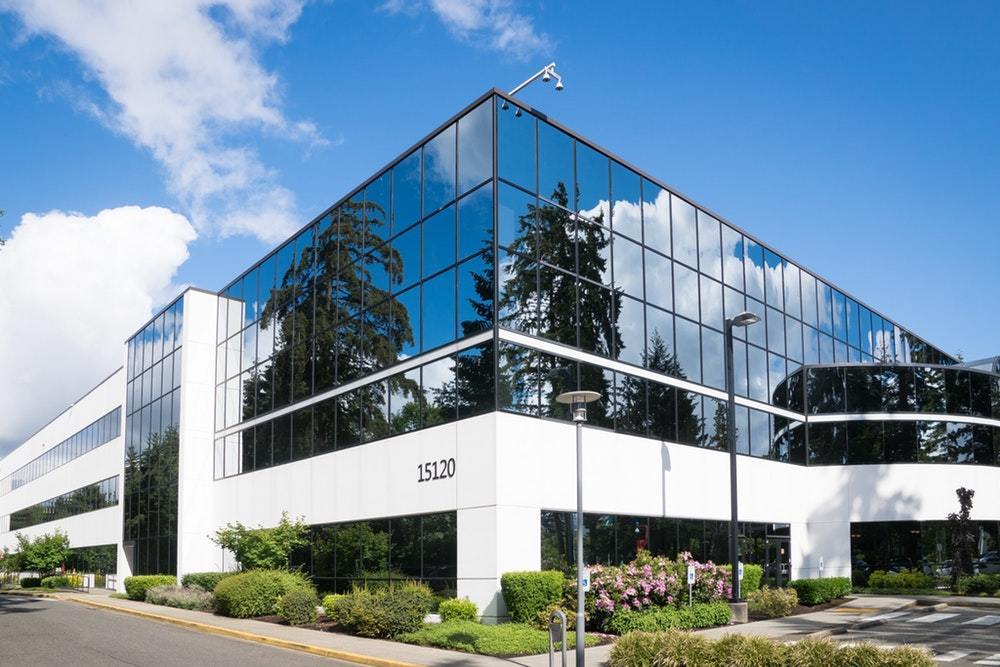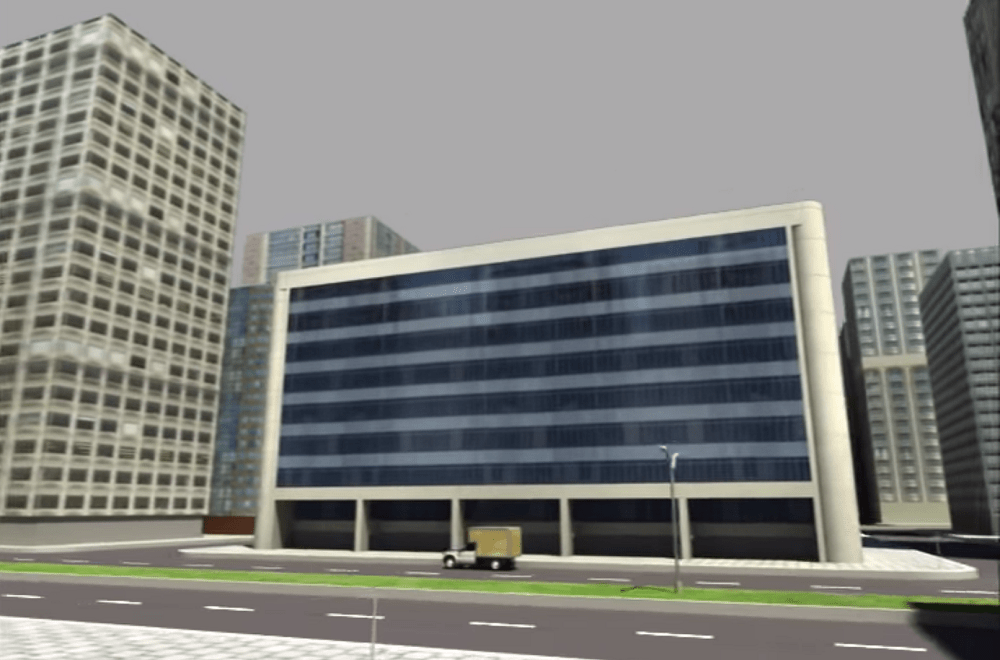
Glazing systems are widely used in office buildings around the world. They provide an open space feeling for the building occupants, and this makes them an attractive option. Unfortunately, they have a weakness, they are vulnerable to blast pressure induced from terrorist attacks. In 1995 when a terrorist detonated a car full of an equivalent to 4000lbs of TNT in front of Alfred P. Murrah Building in Oklahoma City, 168 people lost their life and 680 were injured. The broken glazing system was responsible for 5% of the total deaths and 69% of the injuries, according to the Oklahoma City Police Department.

Glazing System Engineering Requirements
After the attack it was decided that glazing systems must be designed to provide the minimum level of protection for the building occupancy. This was done by developing some design and testing standards like ASTM F2248-09, UFC 4-010-01, UFC 3-340-02, PDC-TR 10-02 and ASTM F1642-04. These standards are very good in providing the minimum level of protection for building occupancy. However, they have some limitations. For example, they are not applicable for all charge weight or standoff distances. They are also not applicable to all glass panel sizes, and doing a physical test for the panels is very expensive.
Glazing System Design
That’s where the role of the advanced structural analysis comes in. Structural analysis software provides a solution for Engineers to design glazing systems subjected to blast loads. It shows the behavior of the panels when subjected to extreme loads in terms of deflection and strength. There are few structural analysis software solutions on the market designed for glazing systems. Some systems utilize the Single Degree of Freedom method (SDOF), while others utilize the Finite Element Method (FEM).
The SDOF is an easy quick tool that predicts the maximum deflection of the glazing system. The Engineer then has to compare the results to maximum support rotation provided in the design code standard. However, it is well known to all engineers that this method is overly conservative, and it provides more deflection when compared to physical test done in the laboratory. Ultimately this leads to the use of more material and labor than necessary, which increases the cost of the project.
The other option available for engineers doing structural analysis is the The Finite Element Mehod (FEM). FEM is another good tool in predicting the behavior of the glazing system. However, this method requires a very experienced engineer to do the analysis, and the analysis itself takes hundreds of hours to get results. The other drawback of FEM is that the nodes connecting the elements are not allowed to separate, and hence FEM cannot predict the fragment’s speed generated from the breakage of the glass.
Glazing System Analysis with Extreme Loading® for Structures (ELS)
Applied Science International, LLC developed a software called Extreme Loading for Structures “ELS” that utilizes the Applied Element Method (AEM) as the analysis method, as opposed to FEM. AEM was developed at the Disaster Mitigation Engineering Lab at Tokyo University, in 1995, as an alternative to FEM.
AEM is very similar to FEM in the way structures are modeled and analyzed, with one significant difference, research over the last two decades has shown that AEM can follow the behavior of the structure through the application of loads, crack initiation and propagation, element separation, formation of debris and collision between falling debris and other structural components in reasonable time, reliable accuracy and using relatively simple material models.
This allows engineers designing glazing system to withstand blast pressure measure and see not only the cracking and maximum deflection of glazing system but also measure the fragments speed and where they are going to land after the explosion.
One excellent source to obtain verification samples for this analysis method is the report that was released for public access in 2009 by Defense Threat Reduction Agency (DTRA). The report has 22 blind test cases using ELS for buildings subjected to blast loads and column removal scenarios.
Glazing System Analysis with Extreme Loading for Structures


